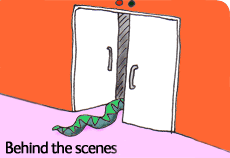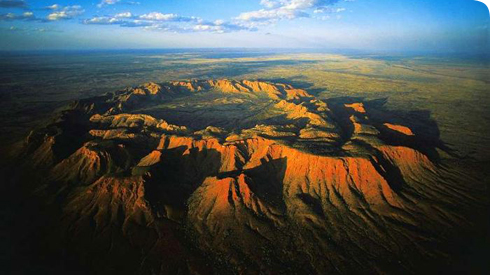Impacts
Planets and their moons have collided with asteroids and comets frequently throughout our solar system's 4.5-billion-year history. Some of these impacts can be so powerful that they blast huge craters into the Earth's surface, generating enough heat to vaporise the crashing object.
Impacts with Earth
The Earth is struck by extraterrestrial objects all the time. Some of these impacts are large enough to leave craters and there are about 150 known craters on Earth. The biggest crater, called Vredefort Dome, is about 2 billion years old and stretches over 300km in South Africa.
It is only since we have been able to look back at Earth from space that we have been able to see these huge scars. Many more impacts have made craters, but because the Earth's surface is always changing they get covered up. Scientists can sometimes detect these craters using sound waves.
In contrast, the Moon's surface does not change, so craters stay around on the surface for much longer. You can see hundreds of craters on the Moon if you look closely.
How often is Earth hit?
The Earth is bombarded continuously by bits of debris from space. Most of this is cosmic dust and is far too small to be noticed. Around 40,000 larger pieces of asteroid also hit Earth each year. Some are recovered as meteorites, but they are rarely big enough to make craters.
Only fragments of asteroids or comets tens of metres across hit with enough force to make craters. An impact capable of generating a 1km-sized crater probably occurs once every 6,000 years whereas a 200km crater only occurs every 100 million years.
The frequency of impacts is known as the impact flux. The impact flux has been fairly constant throughout Earth's history except for a violent period (known as the great bombardment) shortly after the solar system formed when there were twice as many impacts.
Destruction and life
The explosive energy of an impact can be very destructive. The force of a large collision, pushing millions of tonnes of dust into the atmosphere may have even caused the extinction of the dinosaurs. However, impacts during the great bombardment may also be responsible for creating the conditions for life in the first place, bringing essential water and carbon to our planet.
Toolbox

There are 27 km of specimen shelves in the Darwin Centre - the same distance as between the Museum and Junction 6 of the M1.
